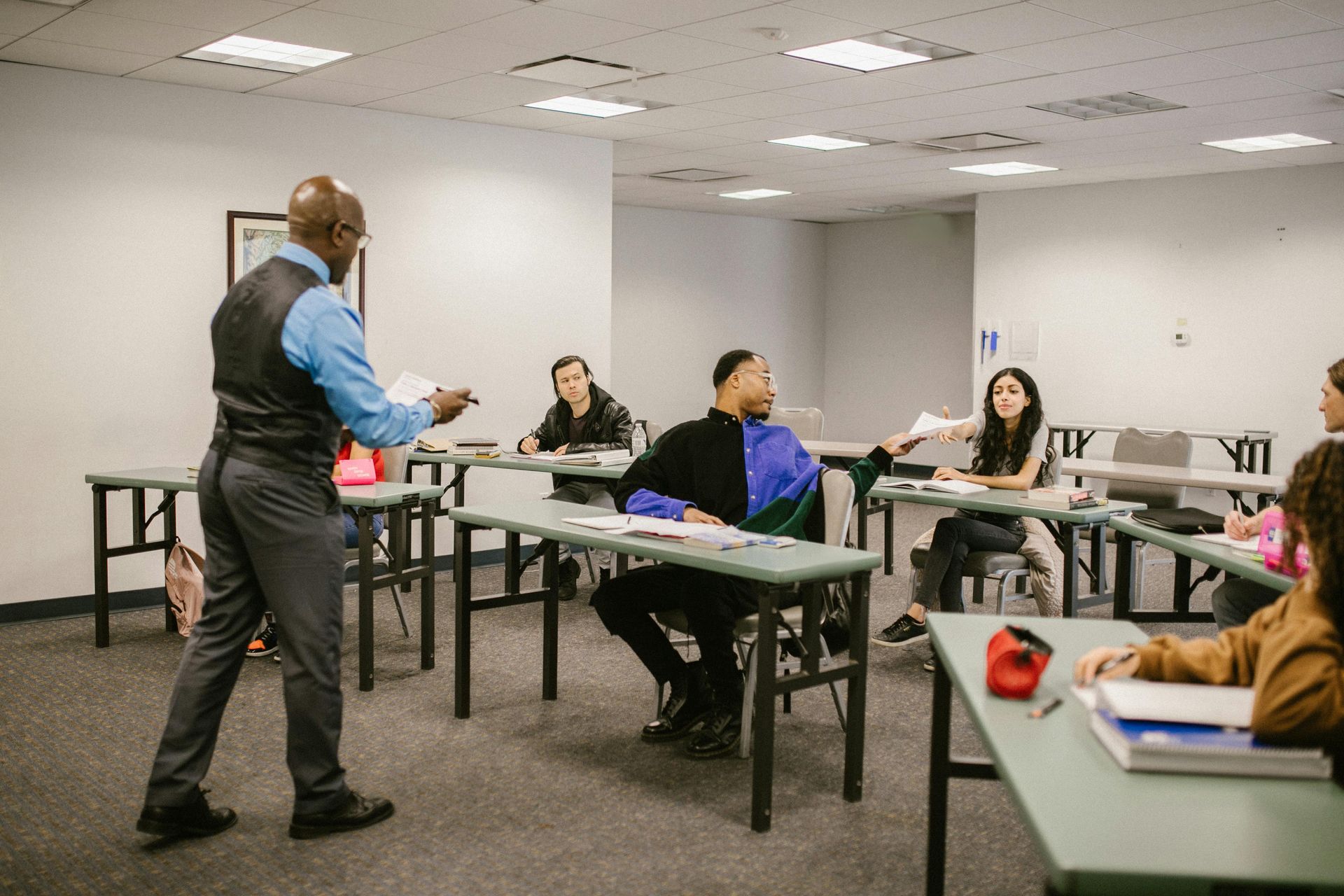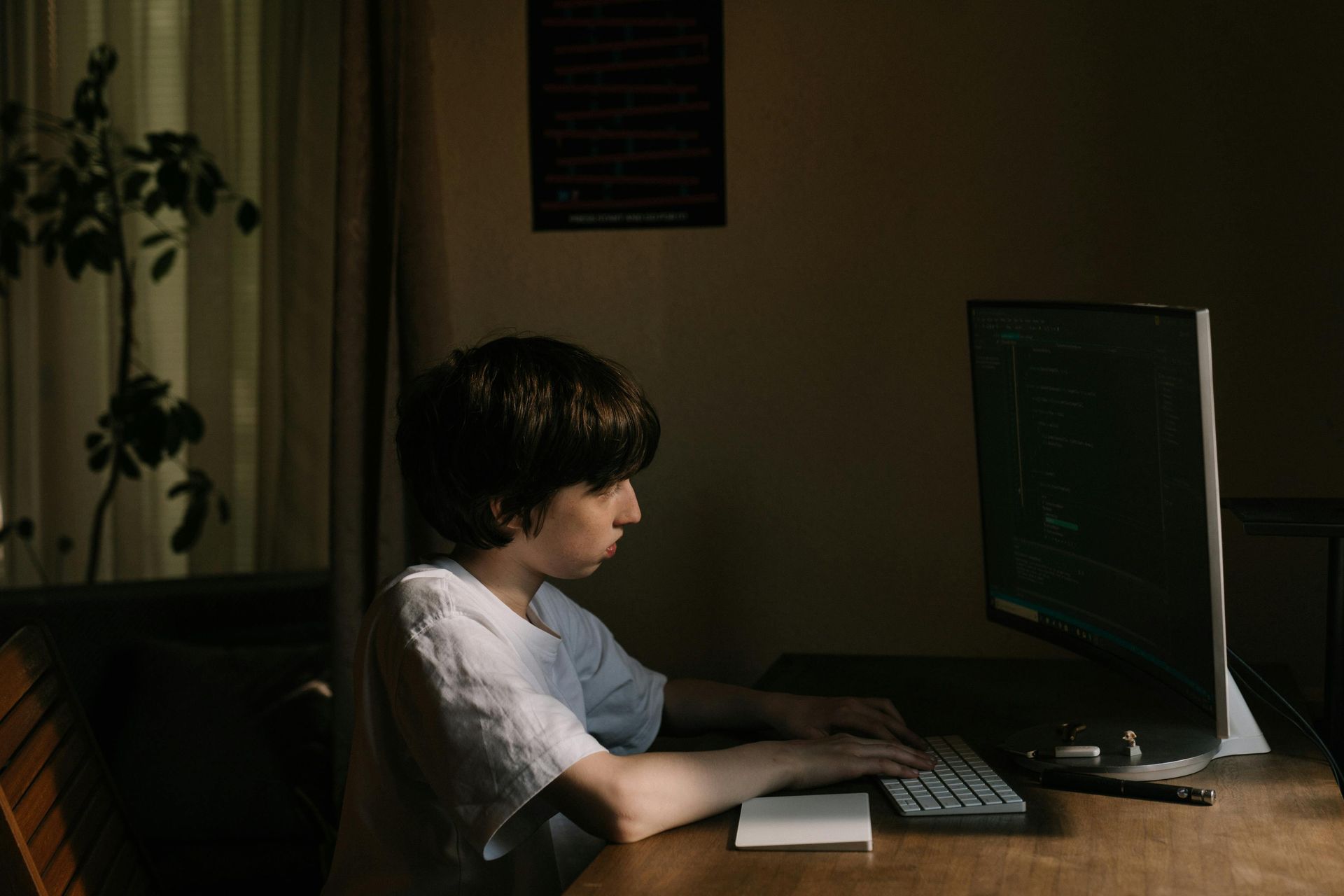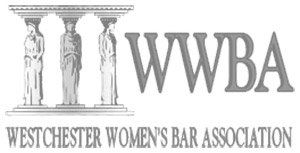What To Do if a Child Is Injured at School
Parents expect their children to be safe when they drop them off or send them to school. To meet that expectation, most schools in New York are expected to follow strict requirements, including those outlined in the Dignity for All Students Act (DASA), a government mandate that requires all New York schools to provide a supportive environment where children can learn and reach their fullest potential. Signed into law in New York on September 13, 2010, DASA requires all schools to protect children against discrimination, bullying, physical injury, and other reasonable and foreseeable dangers.
Examples of reasonable and foreseeable dangers include bullying and harassment on school property, buses, and at school functions, which can adversely affect a child's mental health. But DASA is by no means foolproof. Even when NYC schools and schools in Yonkers strictly follow DASA guidelines, students still suffer physical and, in some cases, psychological injuries.
Where on School Property Are Physical Injuries the Most Common?
According to a study published by the National Institutes of Health (NIH), most school-related injuries occur on playgrounds. The 2023 study revealed that 32.6% of all school students suffer injuries while playing on playgrounds, and 26.1% and 10.7% are injured in classrooms and on physical education (PE) fields, respectively. Many factors contribute to these injuries. On playgrounds, for example, most are a byproduct of inadequate supervision or unsafe equipment. Some of the most common playground injuries reported by New York schools include the following:
- Abrasions
- Bone fractures
- Concussions
- Contusions, which are soft tissue injuries that cause bleeding beneath the skin
- Lacerations
- Sprains
To further illustrate how prevalent playground-related injuries are in New York schools and schools in other states, we need only look at a study published by Children's Safe Network, a national resource center for the prevention of childhood injuries and violence. It found that close to 219,000 playground-related injuries are treated in U.S. hospital emergency departments annually, with most resulting from falls, collisions with other children or equipment, and equipment failures, such as broken swing chains, collapsing equipment, and inadequate or missing guardrails on playground equipment.
Classroom and Sports-Related Injuries
In most schools, slip and falls are the cause of most classroom accidents that result in injury. And New York schools are no exception. Studies show that slip and falls account for some 16% of injuries among New York school students. They are also the leading cause of injuries requiring hospitalization. As far as sports-related injuries, many school children in New York City and Yonkers, the third-most populous city in New York, suffer sports-related injuries while on PE fields.
Most of these injuries occur when students participate in high-contact activities or play on uneven surfaces. Bullying and harassment also play a part in some PE field injuries. Some injuries are due to negligence or misconduct on the part of coaches and physical education teachers who fail to ensure children follow proper safety protocols. Examples of these include the following:
- Using well-maintained equipment
- Warming up thoroughly before engaging in physical activity
- Wearing protective gear
According to a study published by UC Davis Health, an estimated 3.5 million school children aged 14 and under in New York and across the country are treated for sports-related injuries each year. Around 32% of those injuries result in skin wounds, 29.7% result in muscle injuries, 28.6% result in joint sprains, and 5% result in fractures, according to a separate NIH study. Ligament injuries and dislocations account for 3.5% and 1.2% of sports-related school injuries, respectively. Approximately 40% of these injuries are severe enough to require hospitalization.
School Zone Injuries
Studies show that injuries in school zones, the designated areas near schools with reduced speed limits during specific times of the day, are common during school pickups and drop-offs. Of course, that's not entirely surprising when you consider that these are the times of day when students, school buses, bicyclists, and passenger vehicles all share the road.
Statistically speaking, 57% more traffic crashes and 25% more injuries occur per mile in school zones than in non-school zones. Most of these accidents and related injuries stem from distracted driving, speeding, failing to yield, and inadequate or poor school zone design. School zone injuries can range from minor scrapes and bruises to severe injuries, such as fractures and traumatic brain injuries (TBIs). Fatalities and mental health problems are also sometimes associated with school zone accidents and injuries.
What To Do if a Child Is Injured at School
Whether it be in a classroom, on a playground, in a cafeteria, in hallways, on a PE field, or anywhere else, physical injuries and, in some cases, psychological injuries do occur in schools across New York. Fortunately, New York State school laws provide legal recourse to parents of children injured on school grounds, in school zones, or on school buses while being transported to or from school. That legal recourse includes the right to sue individual schools or the entire school district. But the process is not the easiest.
For that reason, the first thing a parent should do, after ensuring their child receives the care they need, is to hire a personal injury attorney well-versed in school injury cases. An attorney will ensure the case meets the criteria necessary to file a lawsuit against a school. The first is proving the school breached its duty of care. That means showing the school failed to keep the child safe or had procedures in place that caused the child harm. The second is proving the child suffered damages due to the school breaching its duty of care. Finally, a Notice of Claim, a formal letter stating the intent to seek damages for an injury or loss, must be filed with the relevant municipality or agency.
Personal Injury Against Schools: The Steps Involved in Filing a Personal Injury Lawsuit Against a New York School
After submitting a Notice of Claim, the next step in filing a personal injury lawsuit against a New York school is a 50-H Hearing. During the hearing, the attorney for the parent and their injured child explains the case against the school blamed for their child's injury. The hearing also allows the named school to request an independent examination of the child's injuries, if necessary, and make a settlement offer.
If settling is not an option or a settlement agreement can't be reached, the attorney for the parent of the injured child can move forward with filing a personal injury lawsuit and arguing the case before a New York court. If the court finds that the school was liable for the child's injury, the court will award damages to the parent on behalf of the injured child.
Is There a Statute of Limitations for Filing a Personal Injury Lawsuit Against a New York School?
While the time limit to file a personal injury lawsuit is generally three years, it is much shorter when filing a personal injury lawsuit against a New York school. According to Section 217-a of the Civil Practice Law and Rules of New York State (C.P.L.R. § 217-a), the statute of limitations to file a personal injury lawsuit against a New York school or school district is one year and 90 days from the date of a child's injuries.
What Kind of Compensation Can Parents Recover if Their Child Suffers an Injury in a New York School?
When a child suffers an injury due to the negligence of their school, parents can claim a wide range of damages in a personal injury lawsuit. Those damages can be economic or noneconomic. Some of the economic ones commonly claimed in a personal injury lawsuit involving an injured child include monetary compensation for the following:
- Doctor visits and consultations
- Durable medical equipment (DME)
- Emergency room visits and ambulance fees
- Hospital stays and surgeries
- Lost wages for parents or guardians
- Ongoing treatment and long-term care
- Prescription medications
- Rehabilitation, physical therapy, occupational therapy
Compensation for economic damages involves calculating expenses incurred as a result of a child's injuries. Therefore, parents must keep detailed records of any expenses they incurred as a result of their child's injury. That includes receipts or invoices related to copays for doctor visits, prescription and over-the-counter medications, transportation costs, and employer statements or letters confirming missed workdays. Replacement or repair costs for damaged property, such as smartphones, eyeglasses, textbooks, and backpacks, should also be included.
Noneconomic damages commonly claimed in personal injury lawsuits involving an injured child include compensation for physical pain and emotional suffering. To receive noneconomic damages, the attorney representing the parent and injured child must demonstrate the child's injury has or is causing emotional distress, loss of enjoyment of life, depression, anxiety, and other losses that can't be satisfied through economic damages alone.
Hire a Personal Injury Attorney Today
If your child suffered an injury in a New York school, you are encouraged to speak with a personal injury attorney who can help you and your child receive the compensation you both deserve.























